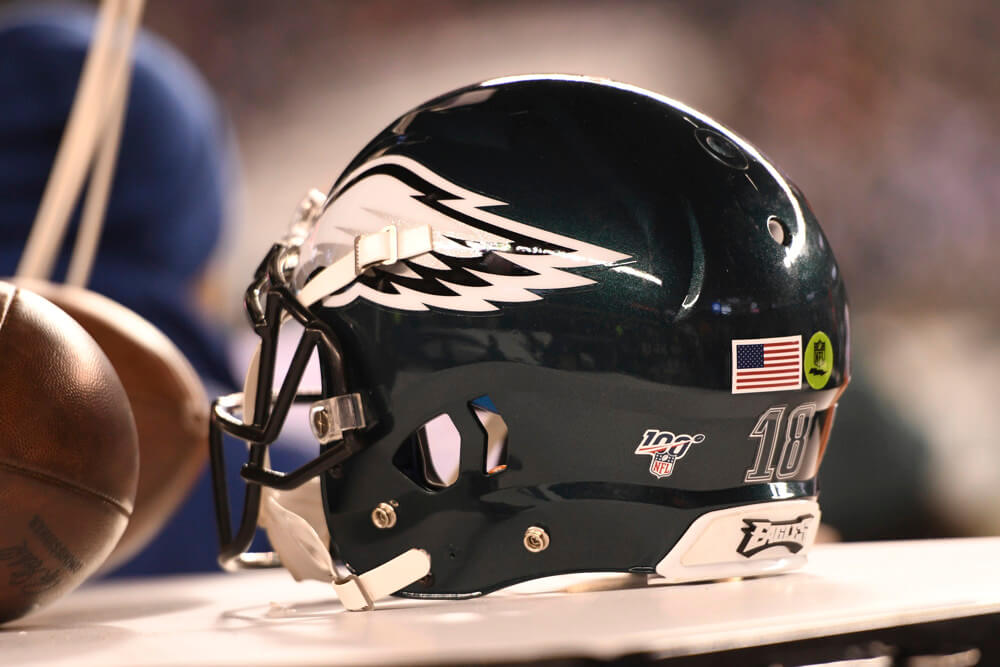City Controller Alan Butkovitz lambasted Philadelphia’s $13.9 million video surveillance network yesterday, claiming that an independent audit concluded in May revealed less than half of the 216 installed cameras actually work, amounting to a $136,000 price tag per operational camera.
“The cost is exceedingly alarming and outright excessive – especially when $13.9 million is the equivalent of putting 200 new police recruits on the street,” Butkovitz said. He cited numerous incidents of program disorganization and delays, what he called “the latest chapter in long series of missteps by the city in applying technology.”
Among those are inconsistent data kept by the city versus the police department, $50,000 worth of camera equipment sitting in a Streets Department warehouse for three years without a determination if it can be used or sold and an excruciatingly slow pace in implementing the overall system.
“If the United States built the atomic bomb in 1945 the way we approach some of these technology issues, we would probably be waiting for our first test of a weapon,” he said.
Though Butkovitz acknowledged the initial investment was made by former Mayor John Street, he criticized the Nutter administration for not investigating if cameras were meeting the program objectives before allocating $3.2 million more.
But Deputy Mayor for Public Safety Everett Gillison said many delays were due to inherited problems with the wireless network, claiming that since the city again outsourced maintenance and oversight in March, functional cameras have quickly risen to 70 percent.
“When we came into office in 2008 … after two years and several million dollars’ worth of architecture and design, I only had seven cameras working,” he said. “Seven.”
Camera history
May 2006 – Voters approved a referendum requiring the city to establish an anti-crime video surveillance system.
June – July 2006 – A pilot program of 10 cameras awarded to Security Services & Technologies. The cameras proved to be too expensive to maintain, too heavy to be easily removed and still remain in original locations.
June 2007 – A risk benefit analysis by a city agency found the risks of major cost increases, an incomplete definition of the system’s requirements and scope and poorly defined benefits were high.
October 2007 – Unisys Corporation was awarded the contract to provide, install and maintain video camera hardware and software.
January 2008 – Newly sworn-in Mayor Michael Nutter promised that 70 cameras would be installed by the end of the year.
June 2008 – Only 35 cameras were installed because Unisys couldn’t make its proposed wireless design work. Of those, only five were accepted by police as meeting program goals, with the other 30 having issues like poor image quality and bad lighting.
December 2008 – The 30 unsatisfactory cameras were repaired and 61 more were installed, totaling 91.
January 2009 – Unisys created a network design for an additional 159 cameras, bringing the planned total to 250.
October 2009 – Unisys’ contract expired. They had installed 97 more cameras in eight high-crime eight police districts, bringing the number to 188, but of those, 77 were found to be inoperable. The city chose not to renew the contract.
November 2009 – The Mayor’s Office of Innovation and Technology assumed management of the surveillance system, but soon began to use subcontractors to repair and replace nonfunctional cameras, often employing the same subcontractor Unisys had used.
July 2011 – The city said 192 cameras were installed in various stages of operation and a master bid to replace Unisys was finalized.
March 2012 – The city hired Carr & Duff for equipment and installation and Federal Signal for connection repair and other maintenance.





























